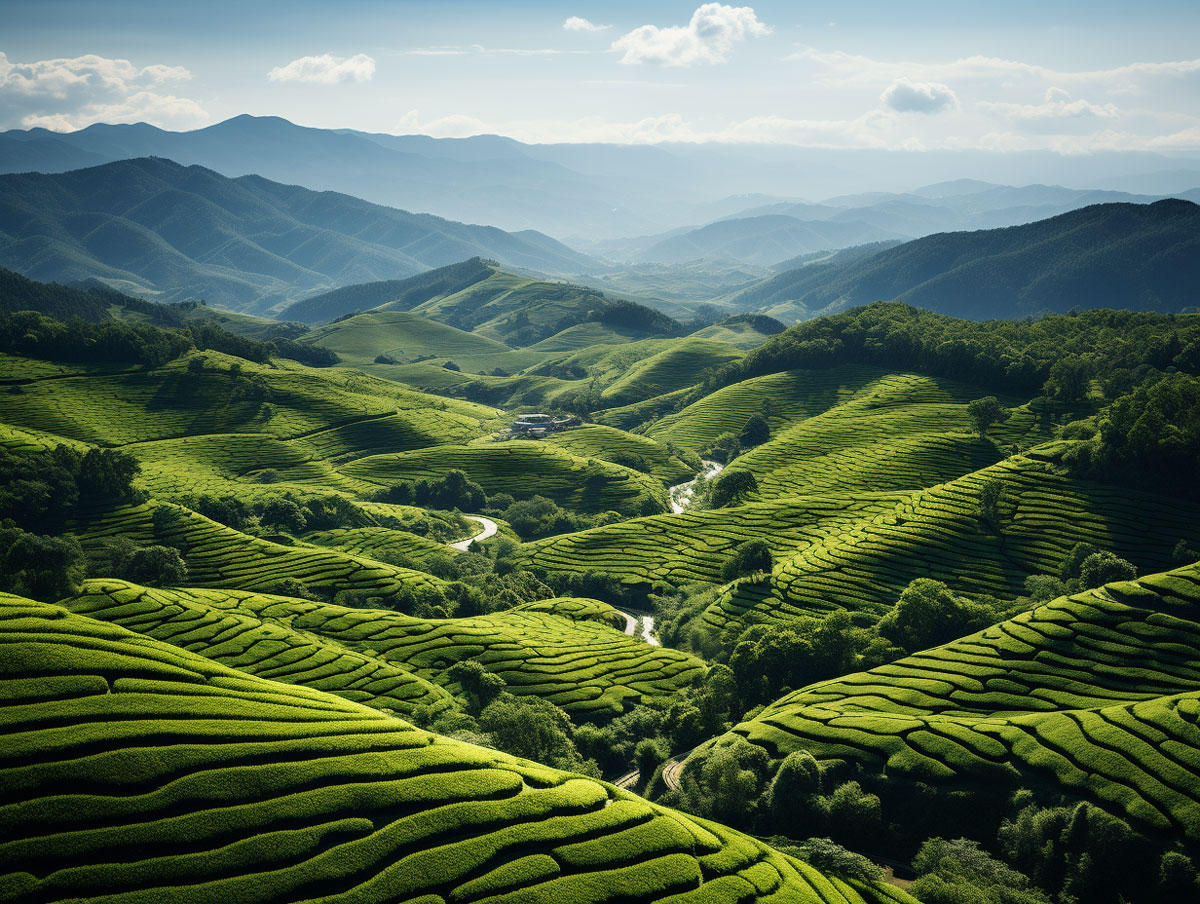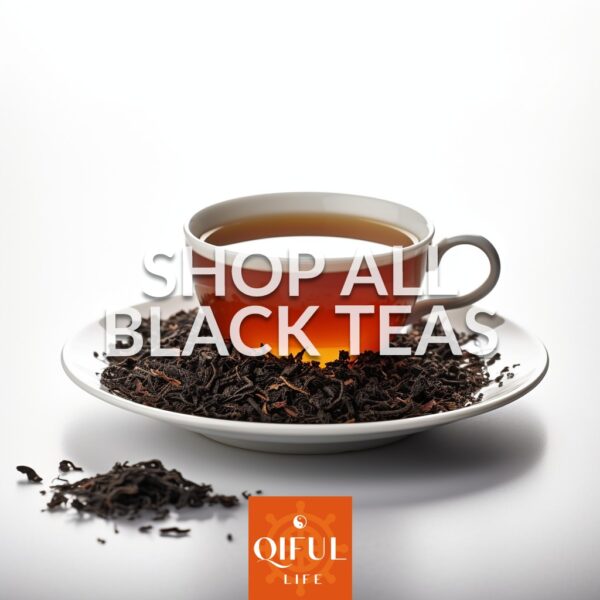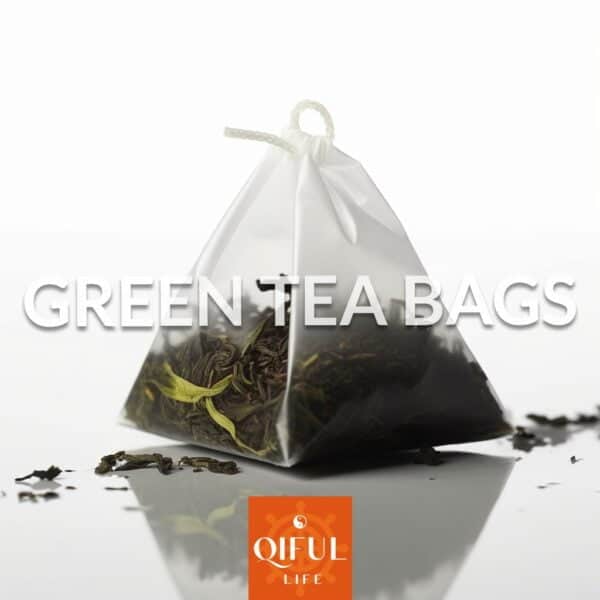Yellow Mountain Tea hails some of China’s most popular teas. Also known as Huangshan in China, the area is best known for its green tea production. in this article, we cover some of the famous teas produced in the area as well as provide our personal favorites.
Most Popular Teas from Yellow Mountain
- Maofeng Tea
- Qimen Black Tea
- Houkui Tea
- Jinhao Tea
Maofeng Tea
Tea makers invented Maofeng Tea in the 1950s. It ranks among China’s top ten teas. Workers pick the tea in March and process the leaves by hand within five hours to ensure the best aroma. They stir, roll, and bake the leaves into soft, loose strips with a fuzzy surface. Maofeng Tea presents a clear bluish-yellow color and smells like Chinese Orchid.
Qimen Black Tea
Qimen Black Tea comes from the town of Qimen, with a history dating back to the Tang Dynasty. Yuanlong Hu created it in 1975, and it gained fame by 1876. Workers pick the healthiest leaves in early spring. After withering and fermenting, the leaves turn dark purple or black. High-quality Qimen Black Tea delivers a mellow flavor and pure red water. People often drink it with sugar or milk.
Houkui Green Tea from Yellow Mountain
Also known as Taiping Houkui, Kuicheng Wang invented Houkui Tea. Workers pick the leaves on sunny days to minimize withering time. They briefly stir the leaves in pans to avoid damage, and baking brings out the aroma. The large, unrolled leaves unfurl in water, turning it crystal green with a metallic luster.
Jinhao Tea
Jinhao Tea, the oldest variety from the Yellow Mountains, was popular during the Ming Dynasty. People lost the processing methods but later revived them. Jinhao Tea is a black tea with a longer fermentation period that enhances its aroma and flavor. The best Jinhao Tea shows dark purple strips with a light golden sheen. It’s rich in both flavor and aroma and is popular among older individuals, who believe it helps reduce stress and aids digestion.
Summary
Overall, the Yellow Mountains region, known for its stunning landscapes and rich tea culture, has a warm climate and abundant water that helps produce high-quality teas. The area is also less susceptible to typhoons compared to other tea regions in Asia.




